For our final project, we decided to create a lesson on Pythagorean theorem. We believed that this would be a great topic to demonstrate our understanding of core principles in this course, as math can be taught and expressed through so many multimedia forms. We believe that, as a group, we have created a comprehensive lesson that is perfectly suited to help any learner understand Pythagoras’ theorem.
Group Contributions
This project was something that required a full team effort. Because of the scope of our lesson, and the various forms of media that would be present in it (video, text, and graphics!), we thought that it would be best to assign each person one “key task”. Charlie was in charge of creating the video that demonstrates how to use the theorem, Ehtesham was tasked with creating an infographic that would be used to introduce learners to the fundamentals of the theorem, Alys was given the task of writing the contents of our reflection post, Chris wrote the lesson post, and Joel was given the task of writing our lesson plan and aiding with the posts. While these were the “main tasks” assigned to each individual, everyone helped out when necessary, such as during the various discussions we had (e.g., our initial discussions on what our lesson should be and look like).
Our Lesson Plan
Big Idea: What is the big idea that the learner will walk away with at the end of the lesson that is critical for learners at this stage of their learning path?
By the end of this lesson, the learner will know how to solve problems involving the Pythagorean theorem. They will understand how to identify problems that can be solved using the Pythagorean theorem, and will know how to apply the theorem properly when solving the problem. This key concept is pivotal at this stage of their learning path, serving as a foundational element in geometry with broad applications. Learners should not only be adept at using the theorem to find missing side lengths but also grasp its real-world relevance in fields like architecture and navigation.
Learning Outcome(s): What specific things will the learner know or be able to do by the end of the lesson?
By the end of this lesson, learners will have acquired a fundamental understanding of the Pythagorean theorem, comprehending that in a right-angled triangle, the square of the hypotenuse c is equal to the sum of the squares of the other two sides a and b, as shown in the formula c2 = a2 + b2. They must be able to apply this to real world problems and solve for missing sides of a right angle triangle using that formula.
Evidence of Learning: What does learning look like for this objective? (e.g., accurate performance of a task, correct use of terminology)
Evidence of learning for this objective includes accurate terminology usage for the theorem, such as determining which side of the triangle is the hypotenuse. Students must also be able to write the basic formula for Pythagoras theorem. They must be able to correctly calculate the lengths of a side (with unknown length) given the lengths of any two sides of a right triangle. Learning will also be demonstrated through students correctly identifying problems that can be solved through the theorem, and then applying the theorem.
Assessments: What will learners do to provide evidence of their learning? (e.g., a presentation, a test, a project)
There are multiple ways in which students will provide evidence of their learning. The lesson contains multiple activities, such as drawing triangles and measuring two of the sides, then using Pythagoras’ theorem to determine the missing side length. Also, at the end of the interactive video, a quick summary quiz will appear in which students can demonstrate their understanding of the theorem by selecting the correct answer.
Afterwards, the learner will be guided into completing a test that will comprehensively quiz them on the concepts that they have learned in this lesson.
Learning Activities: What learning activities will allow learners to acquire and practice the skills necessary to demonstrate their learning and complete the assessment successfully?
The lesson includes various learning material, such as an interactive video, an infographic, and text that aim to give the learner a comprehensive, robust understanding of Pythagoras’ theorem. During the video portion of the lesson, the learner will have the opportunity to solve problems through the interactive questions that will appear on screen. Afterwards, the learner will be given two learning activities that will allow them to practice and further develop their understanding of the theorem. These will include an activity where they will draw and measure right triangles, and use the theorem to figure out side lengths. The other activity will show the learner how to use emerging technology such as ChatGPT to generate unique exercises that they can then solve and verify through ChatGPT.
Using a Variety of Media in Our Lesson
In our lesson, we chose to use a vast range of media to help the target audience. First, we used an infographic showing proof of Pythagoras’ theorem. This was made through Canva, and we made this because we thought that a visual medium (either through video or infographic) would be the best way to introduce learners to the theorem. While there is a lot of text present in the infographic, we believe that the imagery and sectioning that’s allowed in a infographic format allows for a much easier learning experience, rather than if we just had a wall of text.
To explain the theorem and demonstrate how to use it, we thought that video would be the best media solution. Video was recorded through ScreenPal and the lesson itself was conducted through Lucidspark, and then hosted on YouTube. We believe that it is best to host on YouTube due to their automatic captioning tool, and also because they are one of the most reliable video hosting platforms.
Text was used to segue between topics, and to explain the learning activities to students. This, and the entirety of our lesson, was written and hosted on WordPress. While we could have used video to explain the activities, we believed that this would require too many resources and would be overkill.
One form of media that we thought would be interesting to include in our lesson is AI. In our lesson, one of the learning activities has the student using ChatGPT as a sort of “teacher-on-demand”. ChatGPT is fantastic at generating material relating to low-level concepts, and so we believe it gives learners the perfect opportunity to test their understanding of our lesson by generating questions relating to Pythagoras’ theorem. Similarly, we also think it can help learners as it has the ability to show the students a step-by-step process for any particular question, and also explain (as in depth as necessary!) the reasoning for why a step occurs in any process.
Media From Other Sources
To help make our lesson more robust, we chose to add a section in our lesson that contained a few more outside resources on Pythagoras’ theorem. Mostly, these serve as additional resources for keen learners who wish to gain more knowledge about the theorem – namely in the form of proofs. Since we only introduce proof of Pythagoras’ theorem in the form of an infographic, we thought that it would be nice to include optional resources in the format of both text and video. For this purpose, we used resources from Brilliant.org and TED-Ed, both of which are extremely reputable learning resources. We thought that the TED-Ed video, in particular, would be great for those interested in history, as it goes over the many methods developed through history that prove the theorem (TED-Ed, 2017). Similarly, we added another short historical video from mathematicsonline that we thought was great as it goes over a brief history of the theorem (mathematicsonline, 2022).
Just for completeness, we thought that it would be beneficial to include a resource a bit more technical – the article from Brilliant. In particular, we thought that it would be a great alternative to those who prefer text over video, and for those who wanted to see equations for certain proofs (Brilliant, n.d.).
The Principles Involved in This Lesson
We made the conscious effort to include principles and lessons learned from every module that we’ve covered this semester. From the principles introduced in Module 1, to the multimedia shown in Module 5, we wanted to utilize what we have learned to it’s maximum potential.
In our lesson, we conscientiously incorporated Mayer’s Cognitive Theory of Multimedia Learning, which proposes that learners possess limited cognitive resources, emphasizing the need to minimize extraneous cognitive load. In order to create an efficient lesson plan, we want to be mindful of these principles.
Most notably, in our instructional video, we refrain from using unnecessary text when narration is already present, recognizing that the combination of narration, graphics, and text can overwhelm learners with extraneous cognitive load – explained by the redundancy principle. To combat this, we stuck to a maximum of two of these components.
Secondly, we want to maintain a focus on the Pythagorean Theorem in our lesson, excluding any excess information. This adheres to the coherence principle, making sure our videos are focused and concise. Keeping both the coherence principle and redundancy principle in mind will allow us to minimize extraneous cognitive load.
Additionally, we consider the principle of modality when creating our screencast, recognizing that combining narration with a diagram is more effective than just labeling the diagram. To prevent information overload on the screen, we prioritize spoken explanations, ensuring a more efficient delivery of information. We also use a regular speaking voice, avoiding the use of a machine voice to consider the voice principle.
Keeping Mayer’s Cognitive Theory of Multimedia Learning in mind has been helpful in optimizing our lesson plan. While the principles listed are not exhaustive of all principles, they have been important to our lesson plan on the Pythagorean Theorem.
We wanted to keep our lesson accessible, aligning with what we have learned in Module 2. One of the main ways we did this was by hosting the video portion of our lesson on YouTube, which allows for automatically generated subtitles. Unfortunately, while using H5P to make our video interactive, it removed the option to use subtitles on the embedded video. As a work around, we provided a direct link to the video on YouTube for any learners who wanted to watch the video with subtitles enabled.
Additionally, we attempted to keep text in our lesson as “simple” as possible, and avoided any unnecessarily complicated language. We did this by making sure to speak in a conversational tone during the video portion of the lesson, and by writing the text portion of our lesson in a careful manner to make sure it was easy to understand.
From Module 3, we thought that because math can be a visual topic, especially when discussing geometry, we decided that including a video in our lesson would be best. Additionally, we realized that having a written or visual lesson that didn’t utilize some form of video could be unhelpful for learners. Video allows for instructors to go through example problems in a step-by-step process, and also allows for the instructor to demonstrate and explain why they are doing something during that step-by-step process. We believe that the instructional video that we included in our lesson accomplishes this task, and is well suited for helping learners understand the step-by-step process involved in the Pythagorean theorem.
From Modules 4 and 5, we decided that active learning is an extremely important part of a math lesson. We thought that including multiple activities for learners, ranging from interactive video through H5P, to in-person activities that can be conducted on your own, to using emerging technology (such as AI) to aid your learning, would be very important to cover in our lesson. So, we made a massive effort to include this, so that we could offer learners many avenues (in the form of different ways of active learning) so that they can practice the concepts taught in our lesson.
Concluding Thoughts
This project gave us a great outlet to apply all of the techniques, principles, and technology that we have learned and covered throughout this semester. We believe that the lesson that we have developed on the Pythagorean theorem is a fantastic reflection of what we have learned, and we hope that the efforts we made to utilize multimedia learning in an effective way are shown in our lesson.
References
Brilliant. (n.d.) Proofs of the pythagorean theorem. Brilliant Math & Science Wiki. https://brilliant.org/wiki/proofs-of-the-pythagorean-theorem/
mathematicsonline. (2022, Mar. 23). History of Math: Pythagorean Theorem [Video]. Youtube. https://www.youtube.com/watch?v=frQCjo3VjjI
TED-Ed. (2017, Sept. 11). How many ways are there to prove the Pythagorean theorem? – Betty Fei [Video]. Youtube. https://www.youtube.com/watch?v=YompsDlEdtc
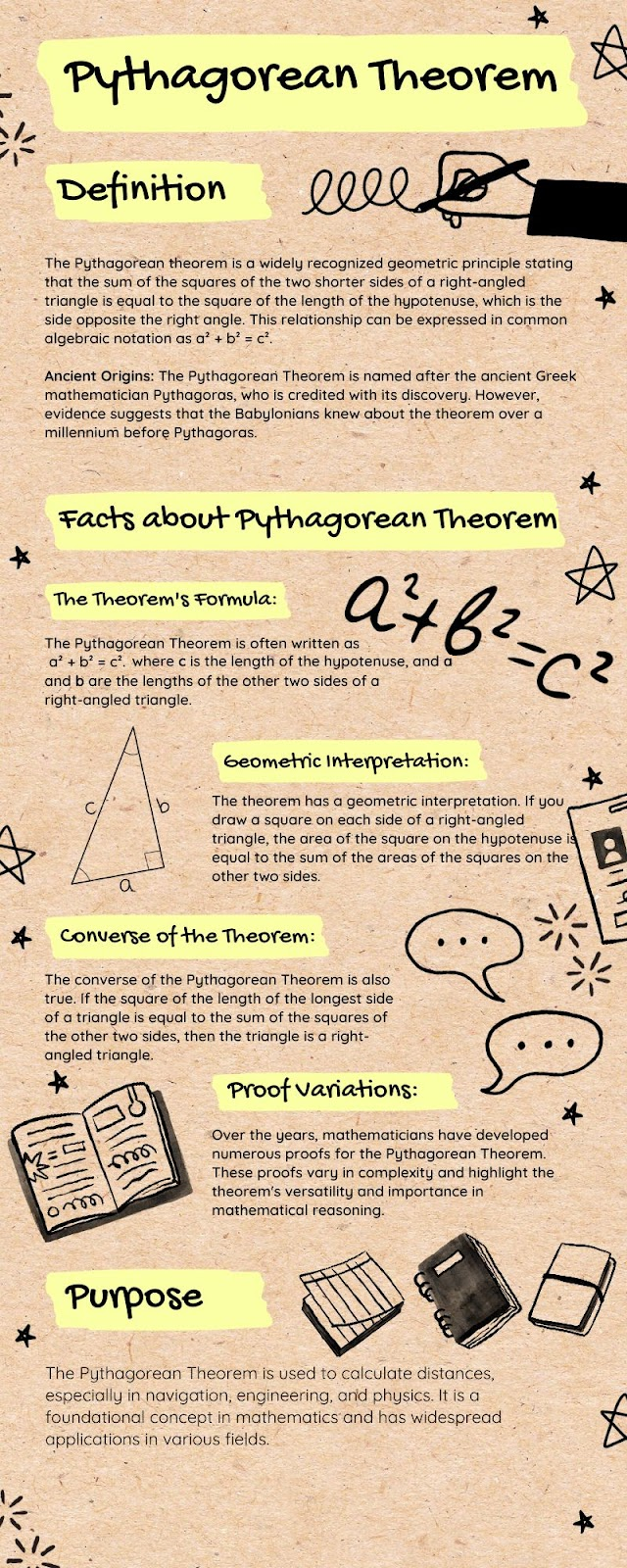






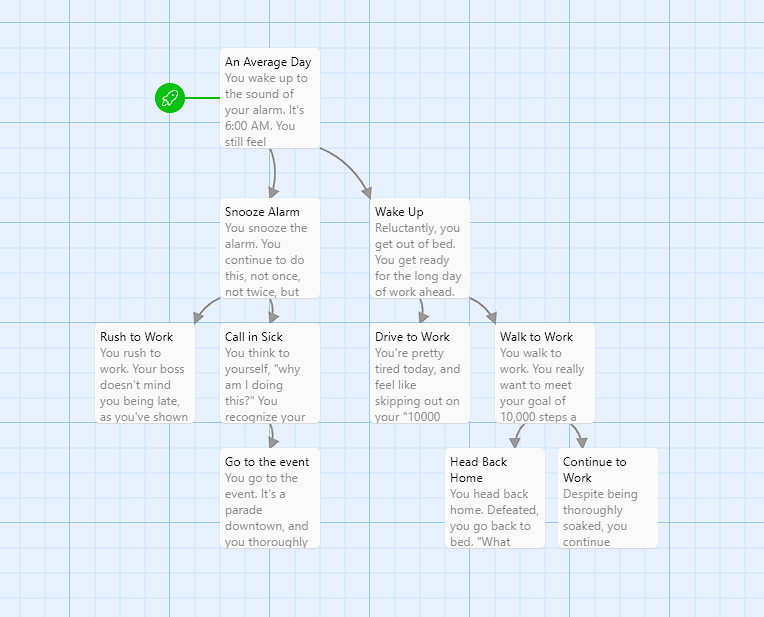



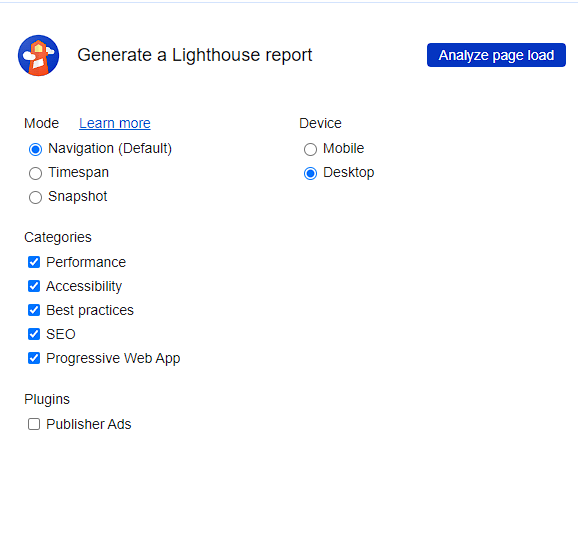
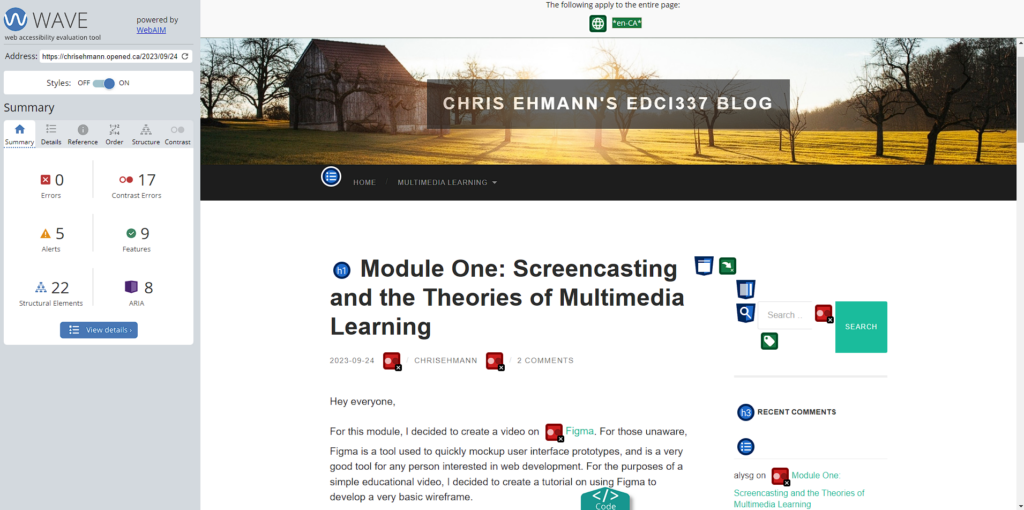
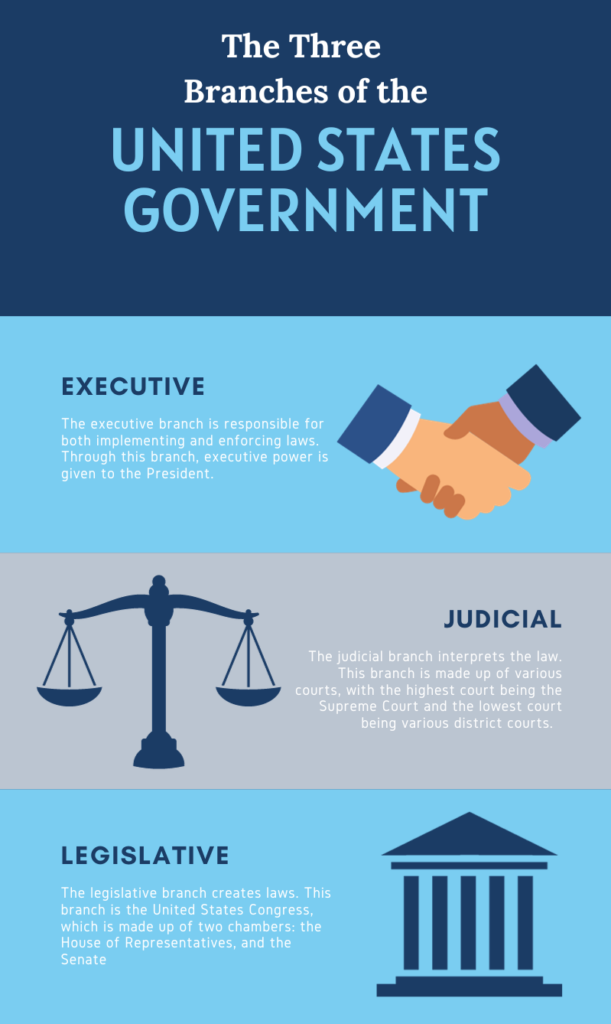
Recent Comments